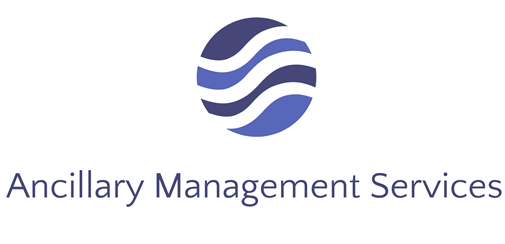Dispensing medications at the point of care may be able to help improve patients’ treatment outcomes. Physician dispensing has many benefits including better doctor-patient communication, faster prescription filling, and convenience for patients. All of these benefits could have a positive impact on patients’ health by helping them adhere to their treatment regimens more easily, conveniently, and accurately.
How Does Physician Dispensing Work?
A new trend in healthcare is the practice of dispensing medication at the point of care. Physicians in most states have the option of dispensing medications out of their office instead of sending their patients to the pharmacy.
The benefits of in-office dispensing are numerous. One of the most important benefits is convenience for the patient. With in-office dispensing, patients can avoid a trip to the pharmacy. This convenience is invaluable to patients who have injuries, who are elderly, or who work long hours.
In-office dispensing can also be a great source of added revenue for medical practices. Some clinics have seen profit increases of up to 50% using physician dispensing. This extra revenue can go a long way toward improving office technology, paying staff more, and creating an all-around better care environment.
5 Ways That Physician Dispensing May Improve Treatment Outcomes
1. Ensures patients receive their medication—Studies show that somewhere between 20% to 30% of new prescriptions are never filled at the pharmacy. This issue is in part caused by the inconvenience and stress of going to the pharmacy. By dispensing medications in their own office, physicians can help ensure that their patients actually get their prescriptions. Receiving medication at the doctor’s office during the visit is much more convenient to patients than needing to go to the pharmacy.
2. Gets patients their medications faster—With the right software, doctors should be able to dispense medications in 2 minutes or less. Patients can get started on their treatment immediately if they can get their medications as soon as they are prescribed. With in-office dispensing, doctors can see patients, prescribe a medication, and then immediately dispense the medication to them. Patients won’t have to wait for prescriptions to be filled by the pharmacy, find time to go to pick them up, then wait in long pharmacy lines. In-office dispensing avoids any unnecessary treatment delays that may be caused by the pharmacy.
3. Opens a dialogue between the doctor and patient—Patients who receive their medication at their doctor’s office get to speak with their doctor directly about medication instructions. Oftentimes, patients have questions about their prescriptions and are uncomfortable asking a pharmacist who they don’t know very well. Direct dispensing allows doctors to give patients specific medication instructions at the point of care and allows patients to ask any questions they have in return. A great doctor-patient relationship is priceless and can have a great benefit to the quality of care a patient receives.
4. Allows doctors to demonstrate medication administration—Some medications are more complicated than simply swallowing a pill. Dispensing medication in-office gives doctors, nurses, and healthcare staff the opportunity to show patients how to take their medications. Injectables, suppositories, patches, ointments, and more can be administered during the doctor’s visit as a demonstration. This allows patients to have a better understanding of how their medication is meant to be administered. It also shows the doctor that their patients understand how to take their medication correctly.
5. Helps doctors track patients’ adherence—Direct dispensing allows doctors to track adherence by making sure patients receive their medications in the first place. Direct dispensing also allows doctors to make sure patients receive proper instructions. Another great benefit of direct dispensing is that refills can also be provided by the physician. Dispensing physicians can track patients’ refills to make sure they’ve been continuing to receive and take their medications over time. Receiving the proper amount of refills is a great indicator that a patient is taking their medication correctly and can help ensure treatment is effective.
How to Get Started Dispensing Medication at the Point of Care
Typically, physicians write an average of 1.4 prescriptions for the 25 patients they see every day. With in-office dispensing, they could be earning a profit off of those prescriptions. Aside from profits, medication dispensing also saves patients time and money.
Nearly every state allows physicians to dispense medication in their office. Each state has its own set of regulations. Physicians can check with their state’s board of pharmacy to find out more about the specific local laws and licensing requirements. Physicians who need to dispense controlled substances need to follow specific regulations and may need to go through an extra licensing process.
The easiest way to learn how to begin an in-office medication dispensing program is to contact a reputable medication dispensing company. An experienced company will walk their clients through the process of applying for any licenses they may need, supply all necessary software, and provide ongoing customer support.

